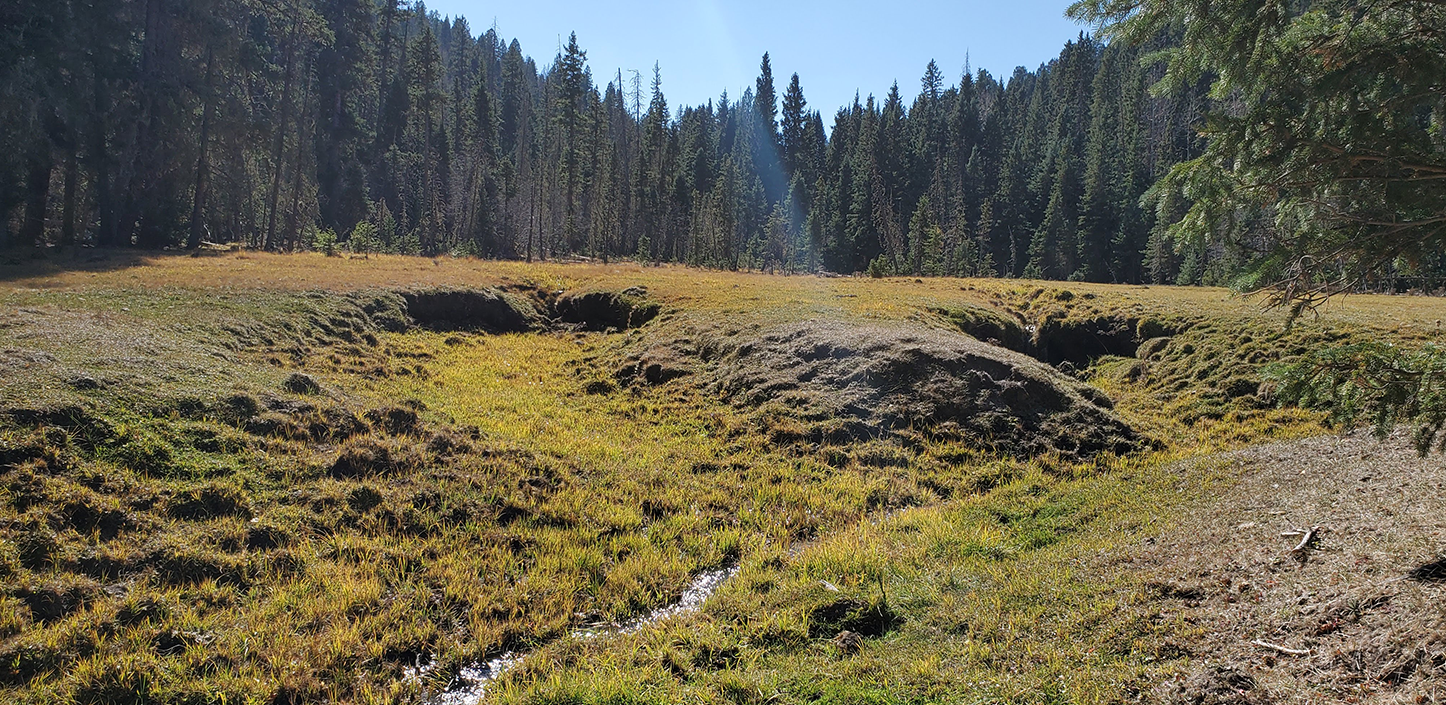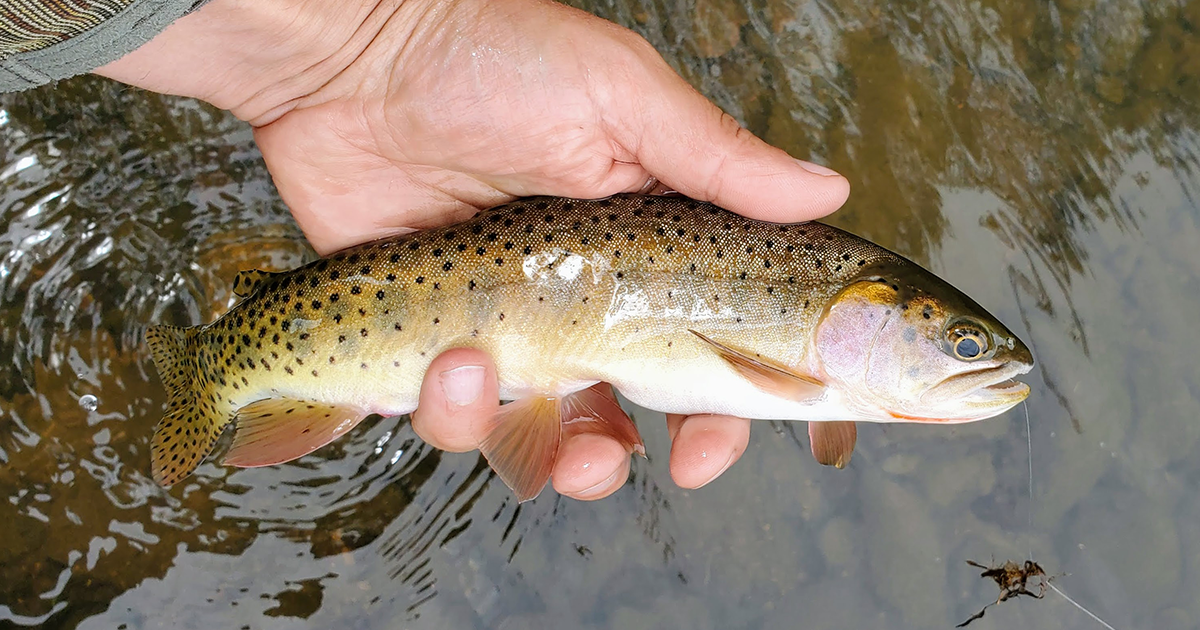
Bringing wetlands back to life in New Mexico
A recent article in New Mexico Magazine is giving well-deserved attention to amazing conservation work being done in the stunning landscapes of northern New Mexico.
The article, titled “Bringing Wetlands Back to Life,” showcases the slow but steady progress made by conservation stakeholders to restore wetlands across the patchwork of rugged public and private lands in the northern parts of the state. The work to enhance and restore wetlands will benefit not only native trout, beaver and other wildlife species, but also ranchers and urban populations downstream.
The article references a grant of $93,160 awarded by the National Fish and Wildlife Foundation (NFWF) to Trout Unlimited to advance the conservation of Rio Grande cutthroat trout throughout its native range. As part of that project, Trout Unlimited confirmed rumors that a previously unknown population of genetically pure Rio Grande cutthroat existed at a conservation site. This discovery opened the opportunity to enhance wetlands and streams in that area with deeper pool to catch and cool water, giving these rare fish a better chance of long-term survival.

The Rio Grande is one of the iconic rivers of the American Southwest, flowing from high peaks in the Colorado Rockies through a rift valley. Today, the Rio Grande supports agriculture, industry, the cities of Albuquerque and El Paso, and many unique species. In the Middle and Lower Rio Grande valleys of New Mexico, agricultural communities have relied on the river and its aquifer for irrigation for centuries, but increased demand and more frequent drought have caused stretches of the river to regularly run dry in recent decades.
Upstream in the headwaters, Rio Grande cutthroat trout require clear, cold water and intact stream corridors to thrive. Efforts to improve and maintain riparian zones in headwater streams can support native aquatic species. This habitat benefits from the dam-building efforts of North American beaver, whose numbers were dramatically reduced due to trapping, but which are now reentering parts of their former range. Maintaining healthy headwater streams can help store water upstream and provide security for water users, fish, and wildlife downstream.
The grant was awarded through NFWF’s Southwest Rivers Headwaters Fund, which works with a range of public and private sector partners to fund projects that improve riparian and aquatic habitats for focal species in the Rio Grande headwaters and Colorado River watershed headwaters, as well as providing funding for capacity and technical assistance to landowners.
In the southwestern United States, several iconic rivers, including the Colorado, Pecos and Rio Grande, define the landscape. These rivers are the lifeblood of this arid region, providing critical resources for local communities and wildlife as they descend from headwaters in lodgepole and ponderosa pine forests through the Chihuahuan, Mohave and Sonoran deserts. As more and more people are drawn to the Southwest by its natural beauty and abundant sunshine, and droughts grow longer and more frequent, the demands on these watersheds increase, altering habitats and resources for wildlife.
Wildlife species found in the desert Southwest are uniquely adapted to their harsh but beautiful landscape, and many are found nowhere else on earth. This is particularly true for fish and other species that call the narrow green ribbons surrounding rivers home. Many of these species are now found only in small portions of their historic ranges, as these rivers have been significantly altered by human development and threatened by drought.
Current funding partners from the private sector include energy-sector stakeholders – Apache Corporation, Chevron, ConocoPhillips, ExxonMobil and Occidental – as well as the Trinchera Blanca Foundation, an affiliate of The Moore Charitable Foundation, and the Walton Family Foundation.
Current funding partners from the public sector include the U.S. Department of the Interior’s Bureau of Land Management, Bureau of Reclamation and U.S. Fish and Wildlife Service, as well as the U.S. Department of Agriculture’s U.S. Forest Service and Natural Resource Conservation Service.